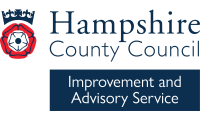KS3 Curriculum, progression and assessment
Shaping the KS3 curriculum has been the focus of much of our work over recent years. We have learned so much from working with primary and secondary schools to explore the journey across Years 6-9, exploring ways to build on the gains from primary and prepare students effectively for the demands of KS4. We are passionate about sharing this work.
In this section, we have also linked to resources from other organisations that are useful in developing understanding of progression in all aspects of English at KS3.
